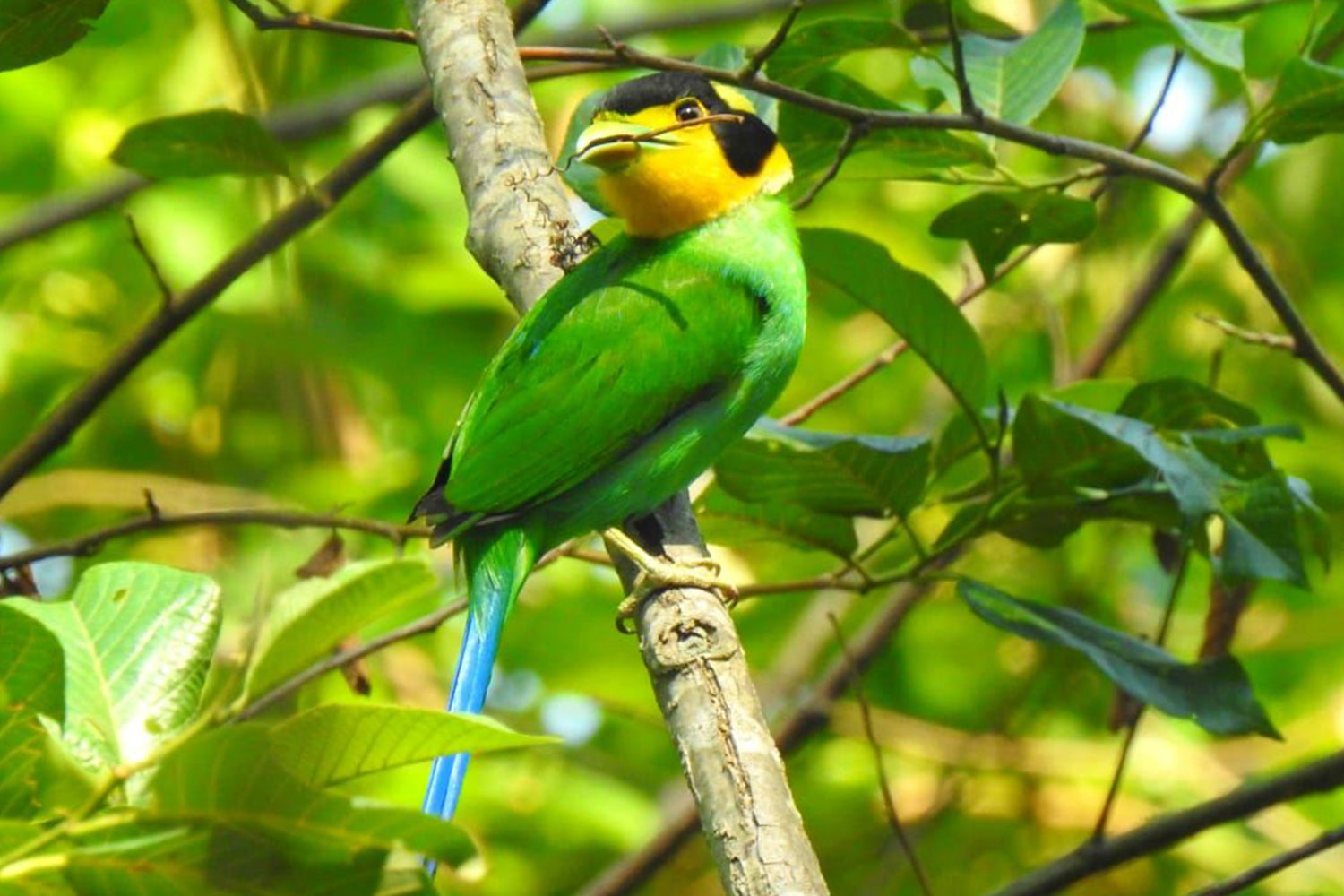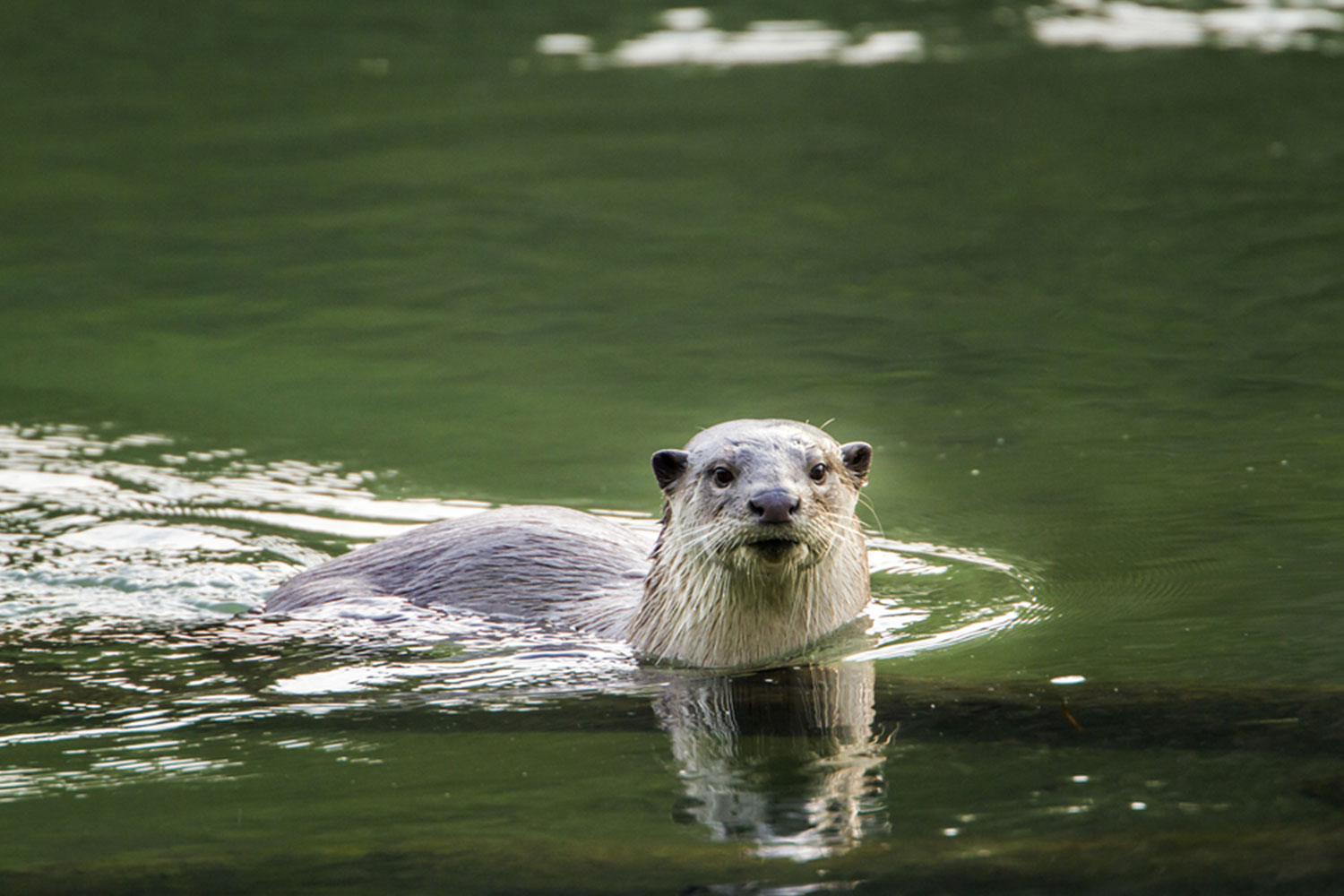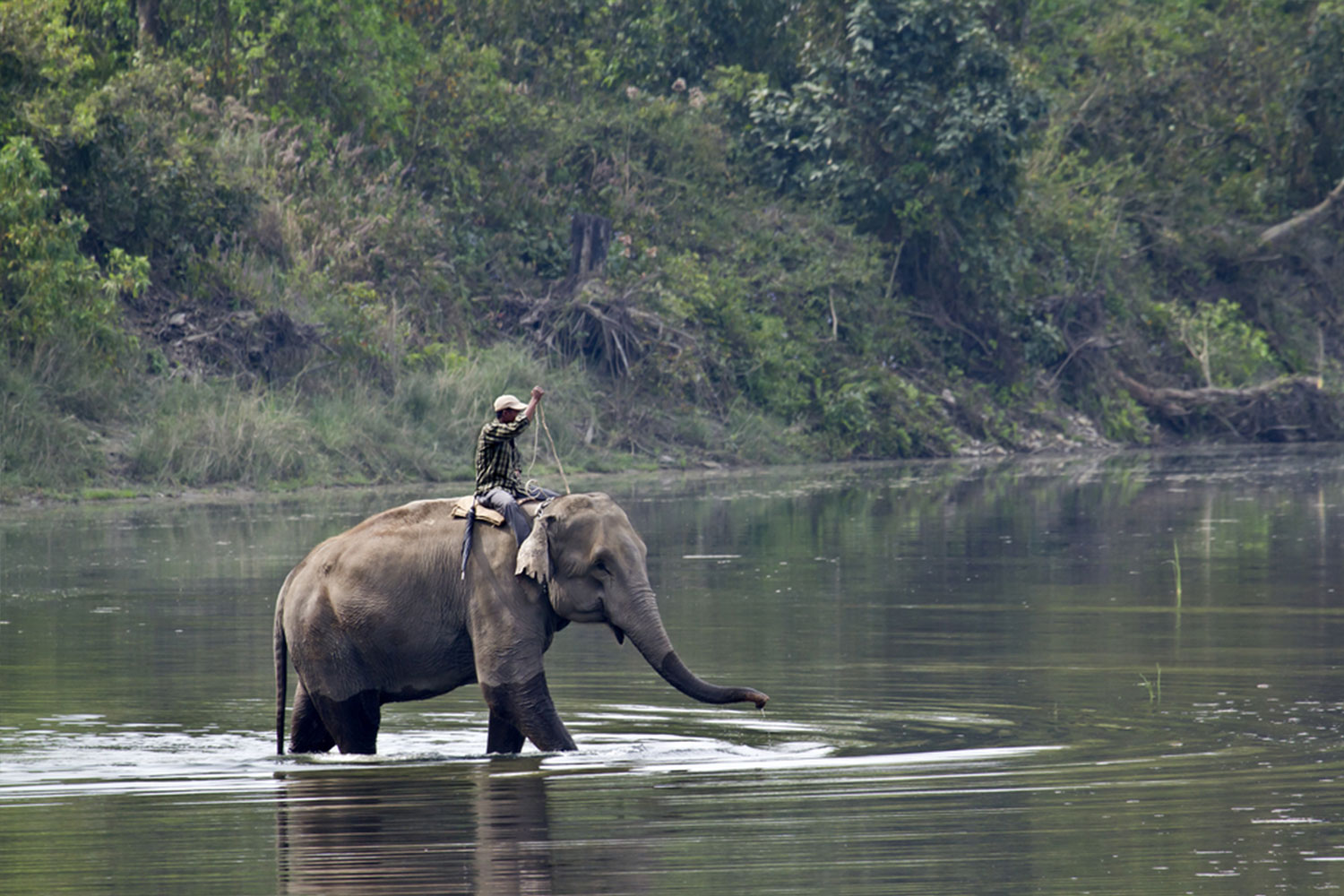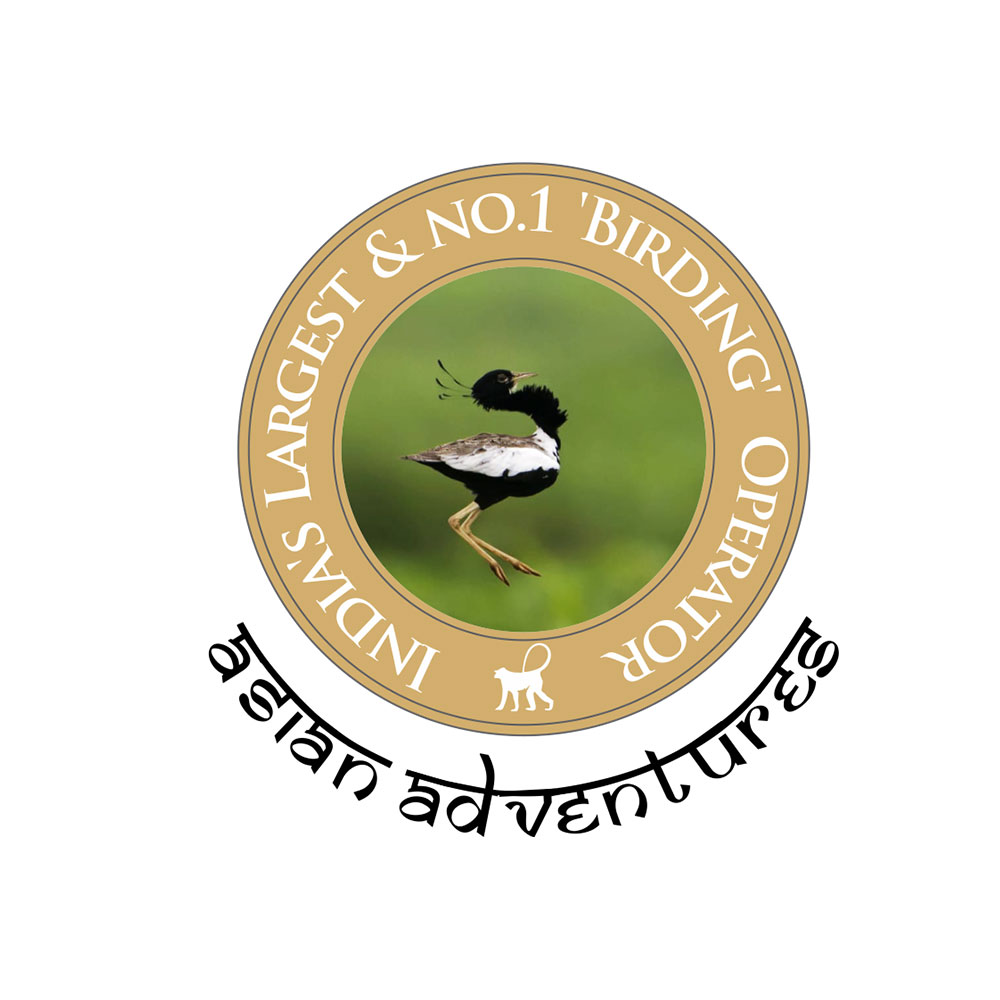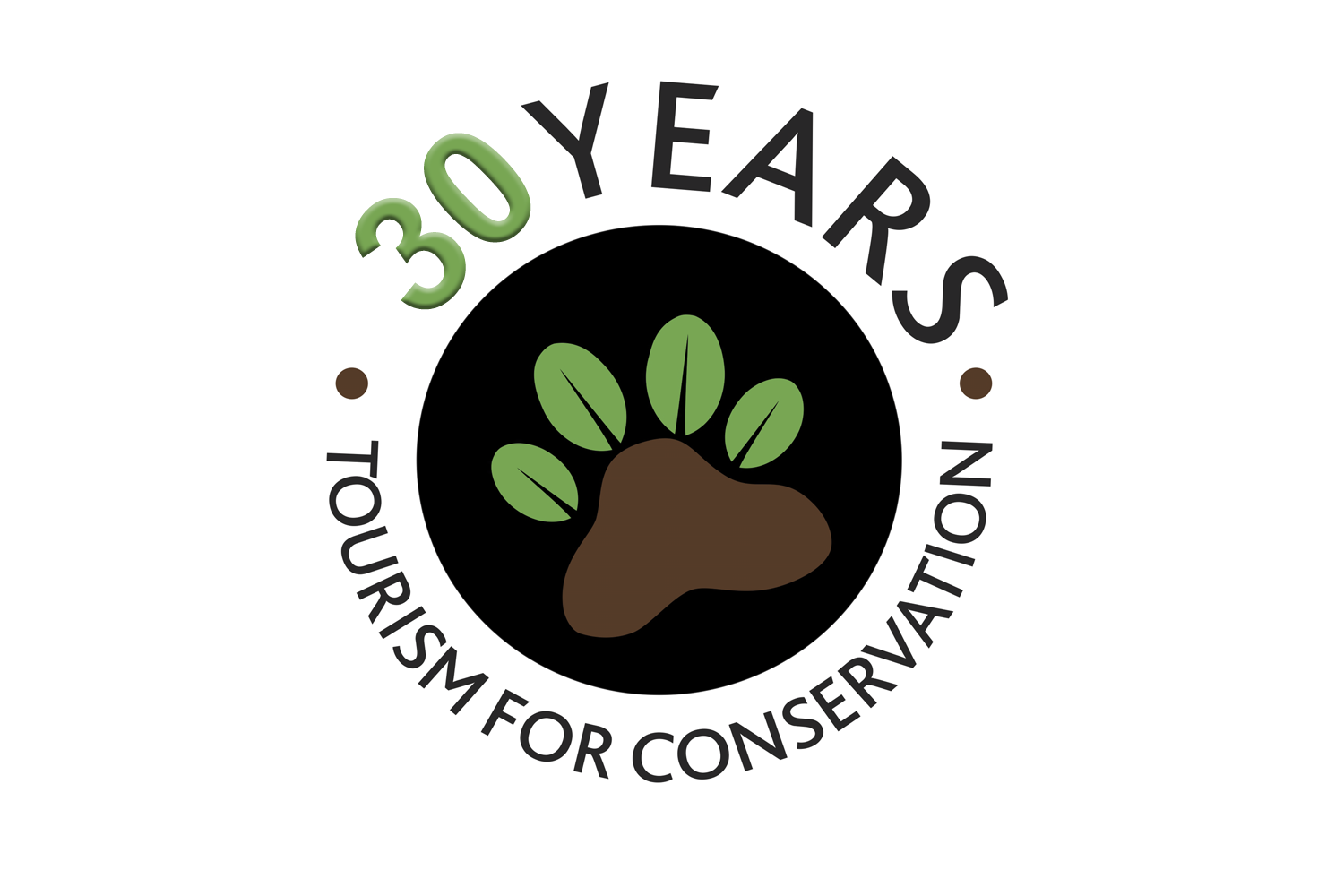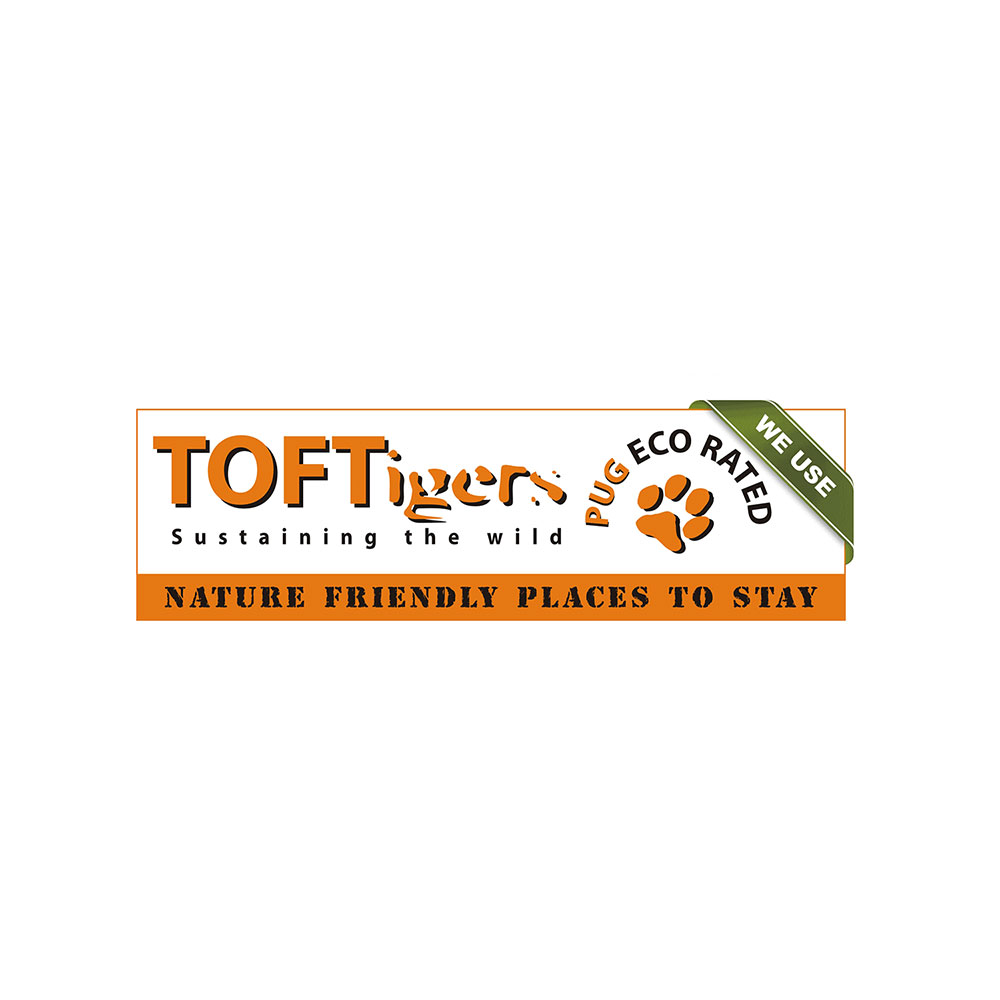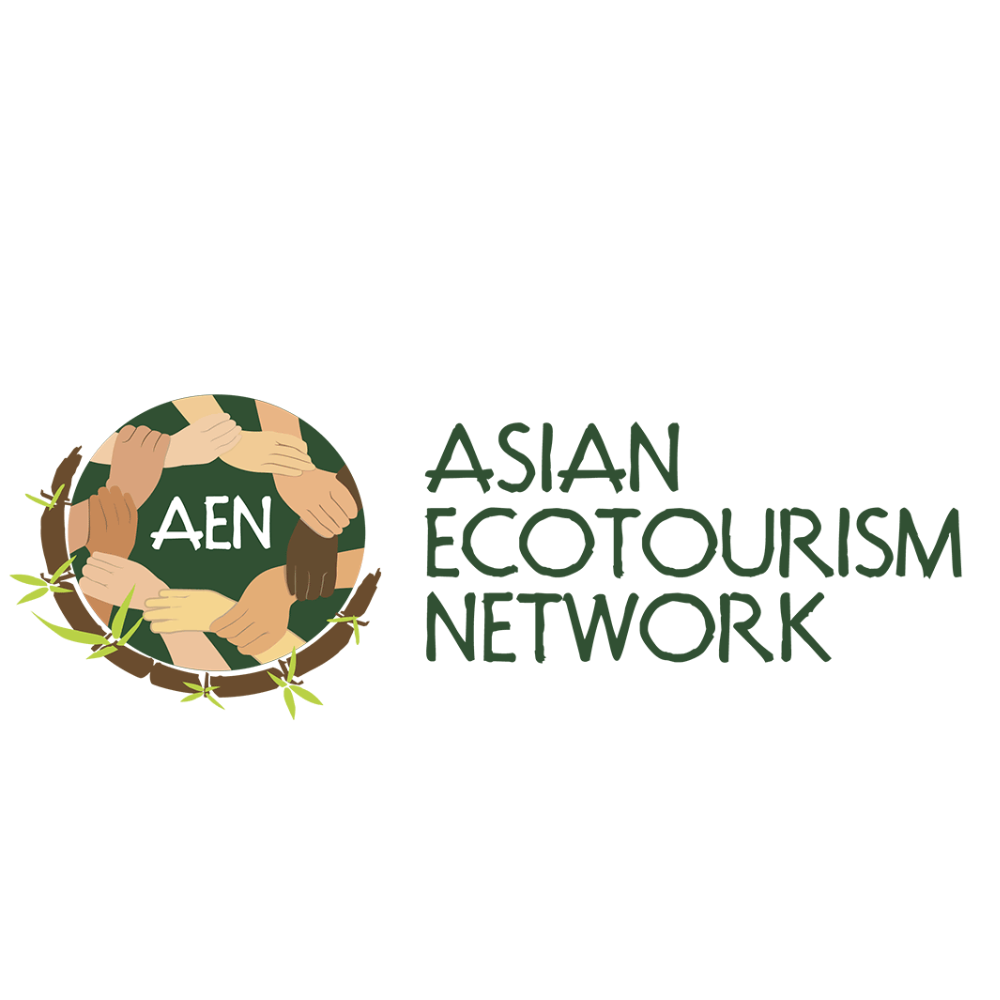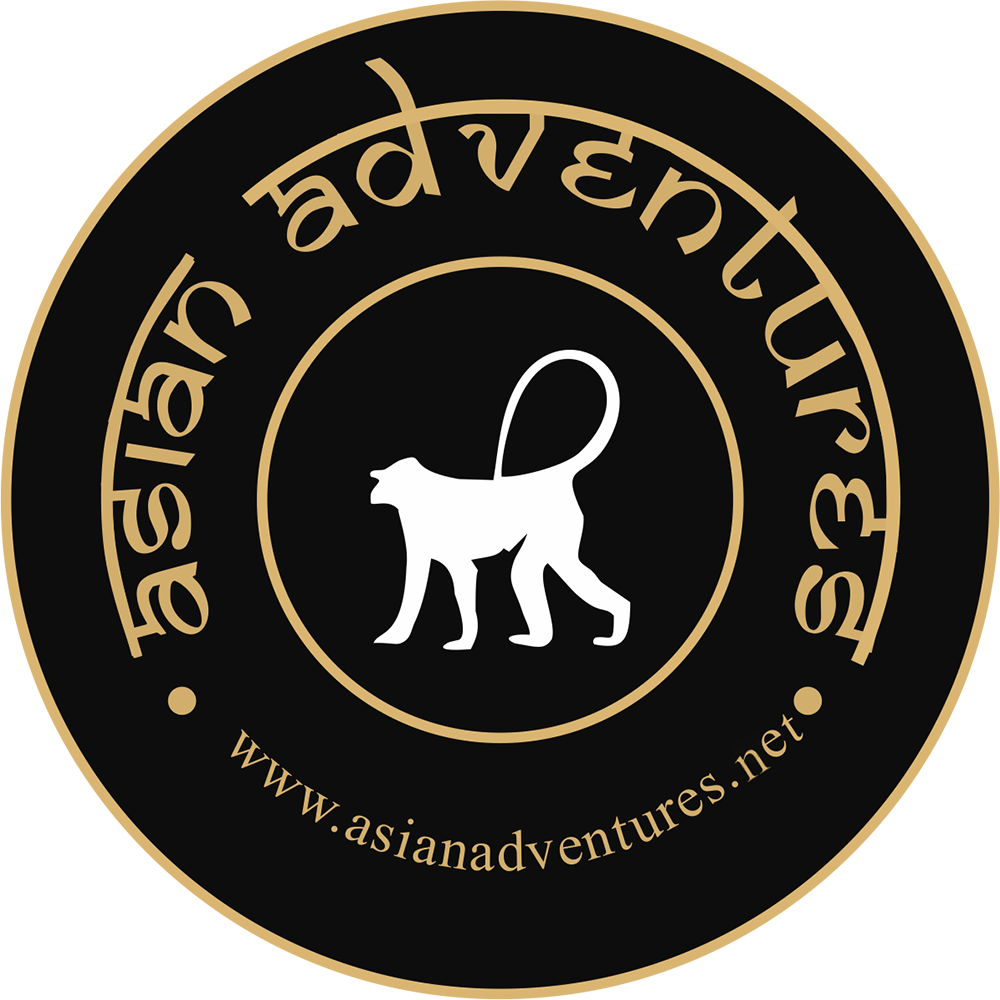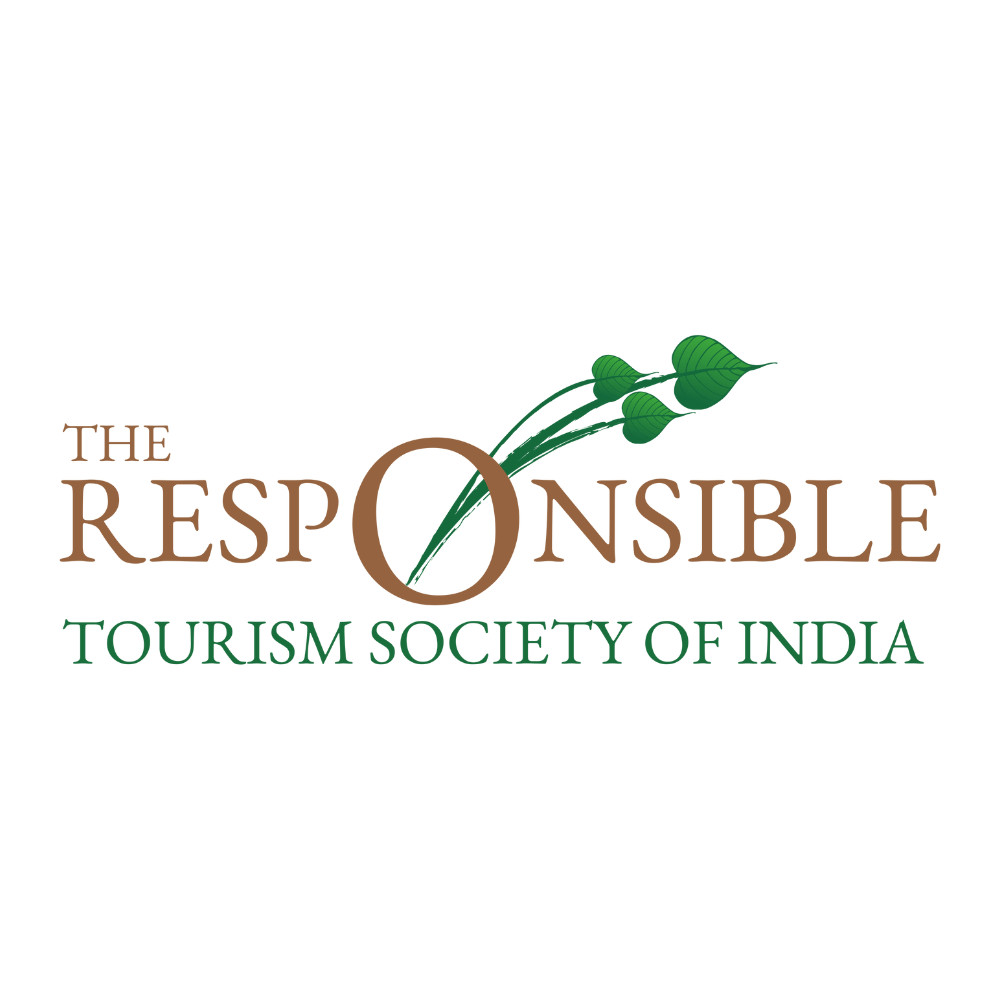Overview
Home to Mt Everest, Nepal also boasts of stunning natural beauty, with enviable wildlife and cultural experiences making it a very attractive destination for tourists with varied interests.
Starting the tour at Kathmandu, we visit the old area with its stone-paved lanes, ancient temples, and the colorful bazaars with curio shops and shops selling shawls, carpet, trekking equipment. Tourist attractions include Swayambhunath Stupa, which is a 2500 years old Buddhist Stupa located at a top of a green hillock with the eyes of Buddha painted on its pinnacle overlooking the righteous behavior of the valley inhabitants.
Phulchowki is the highest hill among others surrounding the Kathmandu valley. 18 km southeast of the valley, it offers great views and is a popular hiking destination. The forests of Phulchowki are a popular birding destination. The Royal Botanical Garden at the Godavari, at the foot of the hill, is home to more than 100 species of birds, including Spiny Babbler, Tibetan Siskin, and more.
Koshi Tappu Wildlife Reserve comprises extensive mudflats, reed beds, and freshwater marshes in the floodplain of the Sapta Kosi River, in the eastern Terai. Together with the Koshi Barrage, it is designated as an Important Bird Area. The riverine habitat is home to a large variety of wetland birds.
Away from the hustle-bustle of the city, we drive to the Chitwan National Park next. A six-hour drive through mountain roads, tiny villages, hamlets, and naturally scenic vistas makes the drive very interesting. A larger number of bird species (over 480) has been recorded here than in any other part of Nepal due to Chitwan’s diverse habitats and tropical lowland situation. We can expect to see a third of these during our two-night stay.
The park holds a similar wealth of mammals, including the endangered Indian Rhinoceros, Wild Boar, Sambar, Muntjac, Spotted and Hog Deer, and Rhesus and Common Langur Monkeys. Tigers, Leopards, Sloth Bears, and Gaur (the Asiatic bison) may also occasionally be seen, as well as the Marsh Mugger and fish-eating Gharial Crocodiles. We will explore the park on foot, on elephant back, in canoes, and by jeep. At Chitwan, we can also spend time indulging in various other activities including village walks, cultural programs, and the most popular visit to the elephant breeding center. We can arrange for you to visit Tharu villages and have a glimpse of Tharu culture too.
Covering an area of 968 sq km, Bardia National Park is the largest and most undisturbed national park in Nepal's Terai. The wide range of vegetation types, including forest, riverine, and grassland patches, provide excellent habitat for more than 50 types of mammal, and more than 400 species of birds.

Meals: On own
Accommodation: In the hotel
Arrive at Kathmandu Airport, and transfer to the hotel. Spend the rest of the day birdwatching. Return to the hotel in the evening.
Overnight stay.

Meals: Breakfast
Accommodation: In the hotel
Morning drive to Phulchowki (29 km / 2 hrs). Full-day bird watching. Return to Kathmandu.
Overnight stay in the hotel.
Key species: Hill Partridge, Great Barbet, Golden-throated Barbet, Grey Treepie, Himalayan Black-lored Tit, Rusty-cheeked Scimitar Babbler

Meals: Breakfast
Accommodation: In the hotel
In the morning, drive to Koshi Tappu (348 km / 8 hrs). Upon reaching Koshi Tappu, Check in to the hotel.
Overnight stay.

Meals: Breakfast
Accommodation: In the hotel
Two full days of bird watching in Koshi Tappu.
Overnight stay.
Key species: Swamp Francolin, Lesser Whistling Duck, Yellow-footed Green Pigeon, Blue-throated Barbet, Bengal Florican, Indian Cuckoo, Common Hawk-Cuckoo

Meals: Breakfast
Accommodation: In the hotel
In the morning, drive to Chitwan National Park (361 km / 8 hrs). Check-in into the resort.
Overnight stay.

Meals: Breakfast
Accommodation: In the hotel
Morning and afternoon jungle safaris in Chitwan for three days.
Overnight stay.
Key species: Tiger, Asiatic Elephant, Lesser Adjutant, Striated Grassbird, Hair-crested Drongo, Fulvous-breasted Woodpecker, Black-winged Cuckooshrike

Meals: Breakfast
Accommodation: In the hotel
Morning drive to Bardia National Park (405 km / 9 hrs). Check-in into the hotel. Overnight stay

Meals: Breakfast
Accommodation: In the hotel
Morning and afternoon jungle safaris for two days.
Overnight stay.
Key species: Tiger, Himalayan Vulture, Crested Honey Buzzard, Crested Serpent Eagle, Oriental Pied Hornbill, Indian Rhinoceros, Asiatic Elephant, Yellow-footed Green Pigeon

Meals: Breakfast
Accommodation: In the hotel
Morning drive to Nepal Ganj (49 km / 1.5 hr.) for your connecting flight to Kathmandu. Reach Kathmandu. Check-in into the hotel.
Overnight stay.

Meals: Breakfast
Accommodation: None
Morning drive to Kathmandu Airport for your flight back home. Tour Ends.
Highlights
- Nature and Wildlife
- Birds and Mammals
- Wildlife Safari
- Elephant Safari
- Rhino, Tiger and Leopard Sighting
- Village Visit
- Photography
- Local Cusine
- Quaint Accommodation
Included
- Accommodation for 03 Nights in Kathmandu Accommodation for 03 Nights in Koshi Tappu
- Accommodation for 04 Nights in Chitwan National Park Accommodation for 03 Nights in Bardia National Park
- Meals as per the itinerary Local guides
- Dedicated transportation All applicable taxes
Video
Location
Stories
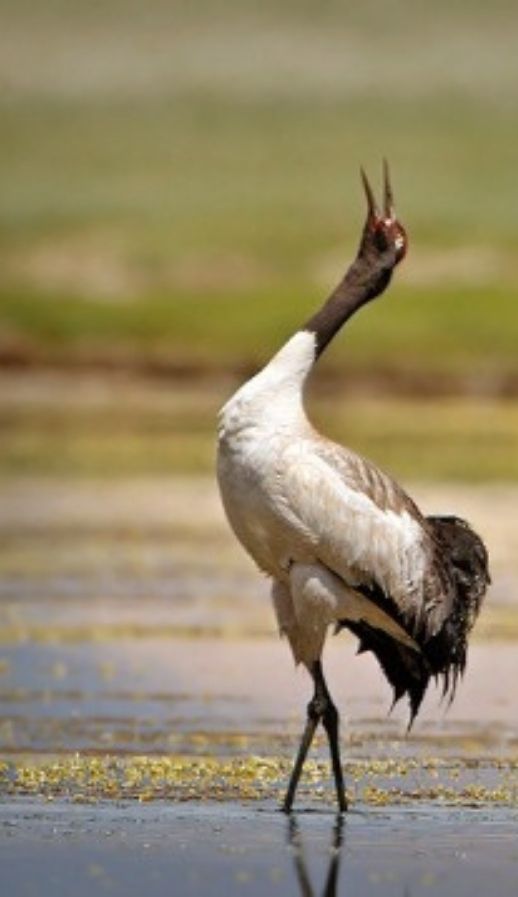
Ladakh
North India, the land of Ladakh, looks as though it was made for birdwatching and photography.

Gir National Park Gujarat
Sometimes it is not just the species spotted but also the amazing moments. Some of our guests had the unique opportunity to witness the mating of Asiatic Lions in the Gir Forest, truly a special moment.

Delhi
Surajpur is an amazing wetland close to the nation’s capital. Apart from being one of the monsoon homes for the Bristled Grassbird, it is also home to another sought-after species: the Bengal Bush Lark.

Rajasthan
One advantage of living near the birding hotspot of Bharatpur is that you can see some amazing birds, like the graceful Sarus Crane, in your backyard during this lockdown



